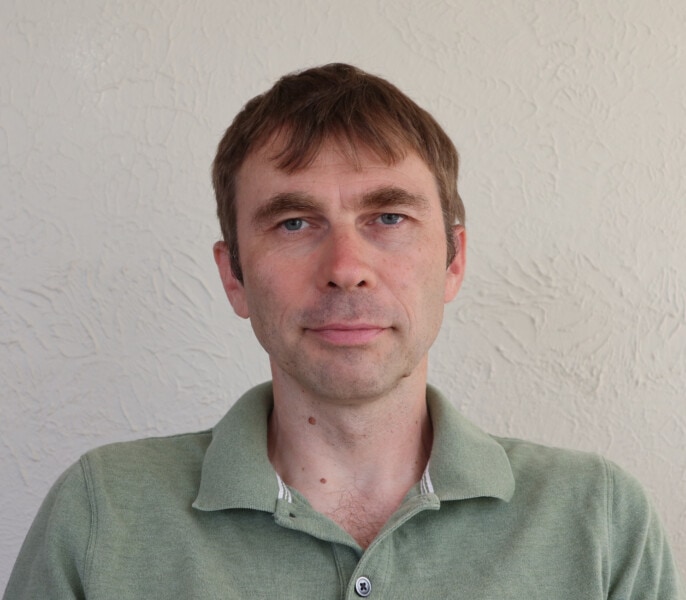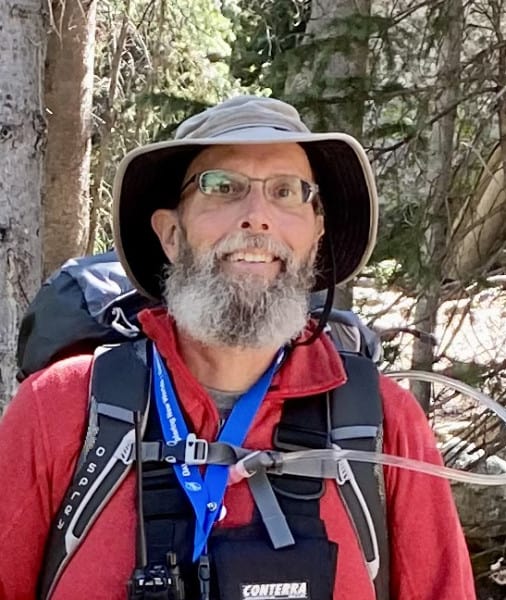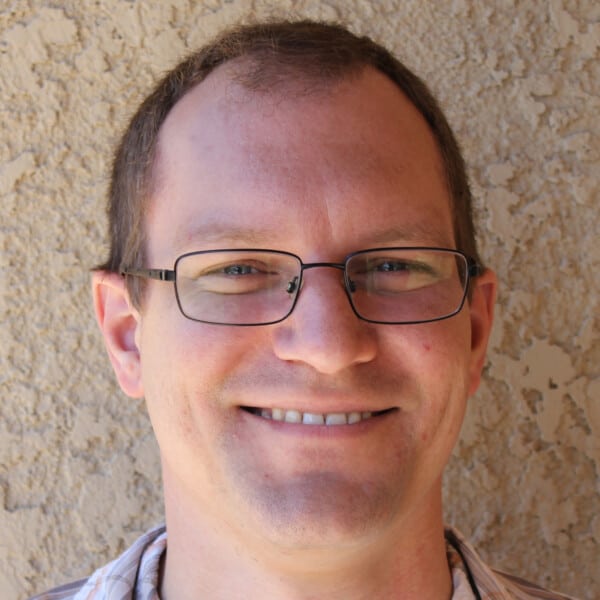PSI Personnel
External Partners
- Columbia U.
- UC Boulder
- U. Winnipeg
- CMU
- GSFC
- USRA
- DLR
- Illinois U.
- JSC
Project Description
The overarching goal of the TREX team is to develop tools & research methods for exploration of airless surfaces that are coated
in fine-grained dust to prepare for human missions. Our team will using laboratory spectral measurements and experiments, accompanied by studies of existing data from the Moon and small bodies to understand their surface characteristics and to investigate in situ resource utilization (ISRU) potential on small-body targets. Additionally, our team will develop instrumentation (especially UV-visible capabilities) and software for future use at those bodies (either remotely and/or with humans). These tools will improve mission success by decreasing risk and assuring the safety of astronauts and spacecraft. The TREX tasks complement those of current SSERVI teams by emphasizing analyses of the finest fraction of grains and UV wavelengths.
The TREX tasks are grouped into 4 themes, outlined below. We have assembled an international team of experts to address these themes, leveraging a number of members of the existing distributed PSI staff structure and their extensive knowledge of the Moon, small bodies, data analysis and instrument techniques, and by incorporating students, post-doctoral researchers and key partners at other institutions.
THEME 1. Development of a non-ambient (vacuum, multi-temperature) broad wavelength spectral database of planetary materials. The tasks in this theme are driven by the need for a comprehensive suite of measurements, covering the UV through mid-IR wavelengths, of fine-grained planetary and candidate planetary materials, measured in vacuum over a range of temperatures. We will utilize a range of facilities to make the spectral measurements, with unique and overlapping capabilities in order to derive a robust set of cross-calibrated lab data. The resultant extensive database will be archived publically and will also be applied in analyses within the other Themes of this project.
THEME 2. Investigations of fine-grained materials on the lunar surface. In this Theme, we will use the lab data from Theme 1, along with spacecraft data of the Moon and modeling techniques, to characterize lunar grain size, mineralogy and correlations with geologic features – with an overall goal of investigating ISRU potential and future instrument development needs.
THEME 3. Investigations of fine-grained materials on the surfaces of small bodies. Near-Earth Objects (NEOs) and the Martian moons are potential future human destinations and evoke a number of critical questions regarding the diversity of their compositions and dynamical histories. We will use the lab data from Theme 1 along with modeling and spacecraft and groundbased data of small bodies and additional lab experiments to simulate space weathering effects, to characterize their mineralogy and regolith – with an overall goal of investigating ISRU potential and future instrument development needs.
THEME 4. Decision–making in a fine-grained analog environment. In this Theme, we will develop both software and instrumentation for use in the field as a testing ground for future robotic planetary uses. The software to be developed is for autonomous sample selection, and will be tested on field trips to Phobos-like sites on Earth, including the phyllosilicate-rich Painted Desert and a loess site. Additionally, our team will acquire and test – for the first time – UV instrumentation for field/rover applications. UV spectroscopy has been shown to be valuable for volatiles and organics detections and would be an ideal technique for usage on a future Moon or small body rover or lander.
The tasks accomplished by the TREX team will enable NASA’s exploration of the Moon, NEOs, and the moons of Mars by acquiring the information and knowledge that will serve as tools for future human and robotic exploration.
























